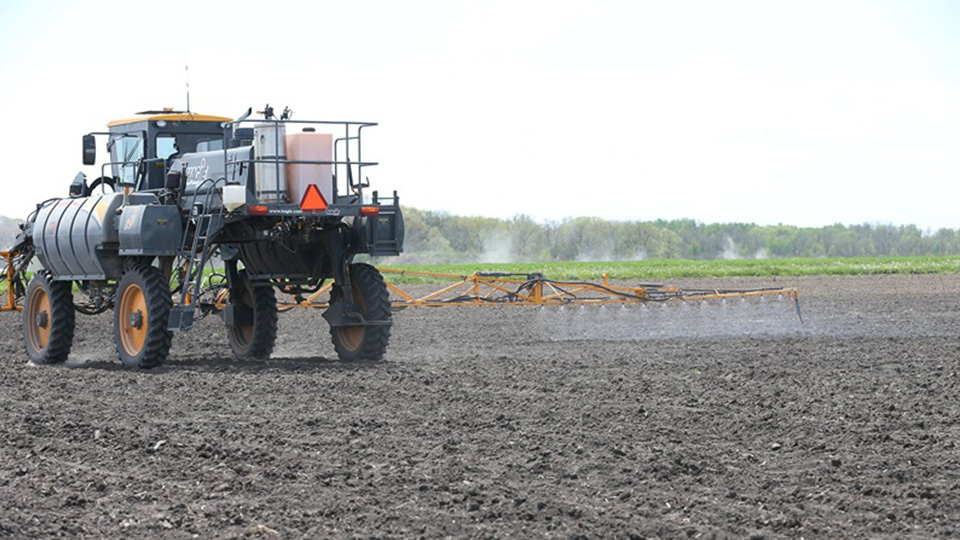New Purdue-involved ag tool to assist farmers with soil temps
Subscriber Benefit
As a subscriber you can listen to articles at work, in the car, or while you work out. Subscribe Now
A new tool to test soil temperature thresholds will be developed at Purdue University so farmers better understand when to plant and treat their land.
The Midwestern Regional Climate Center at Purdue will partner with the U.S. Department of Agriculture’s Midwest Climate Hub to launch the soil temperature climatology tool.
“Every spring and every fall we get numerous requests from farmers asking us at the MRCC when they should expect to be able to put seed in the ground or apply nitrogen, based on past soil temperatures,” said Melissa Widhalm, the MRCC’s associate director and regional climatologist, in a news release. “While this isn’t a real-time monitoring program, this does clue in that piece of historical data that we didn’t have access to before so we can make better-informed decisions.”
The tool’s data was sourced from the North American Regional Reanalysis and a model was produced by the National Centers for Environmental Prediction. The release said several locations in the Midwest don’t have substantial soil temperature measurements and the NARR data filled in the gaps.
Researchers with the center said in the release they hope this tool better informs the farming community since the tool will make pertinent information more readily available.
“This will be helpful for anyone working with soil, whether that is construction companies needing to dig in the ground or a forester needing to haul cut trees across frozen ground,” said Laurie Nowatzke, coordinator of the USDA Midwest Climate Hub, in the release. “We want people to understand this tool can be versatile for a multitude of industries.”
